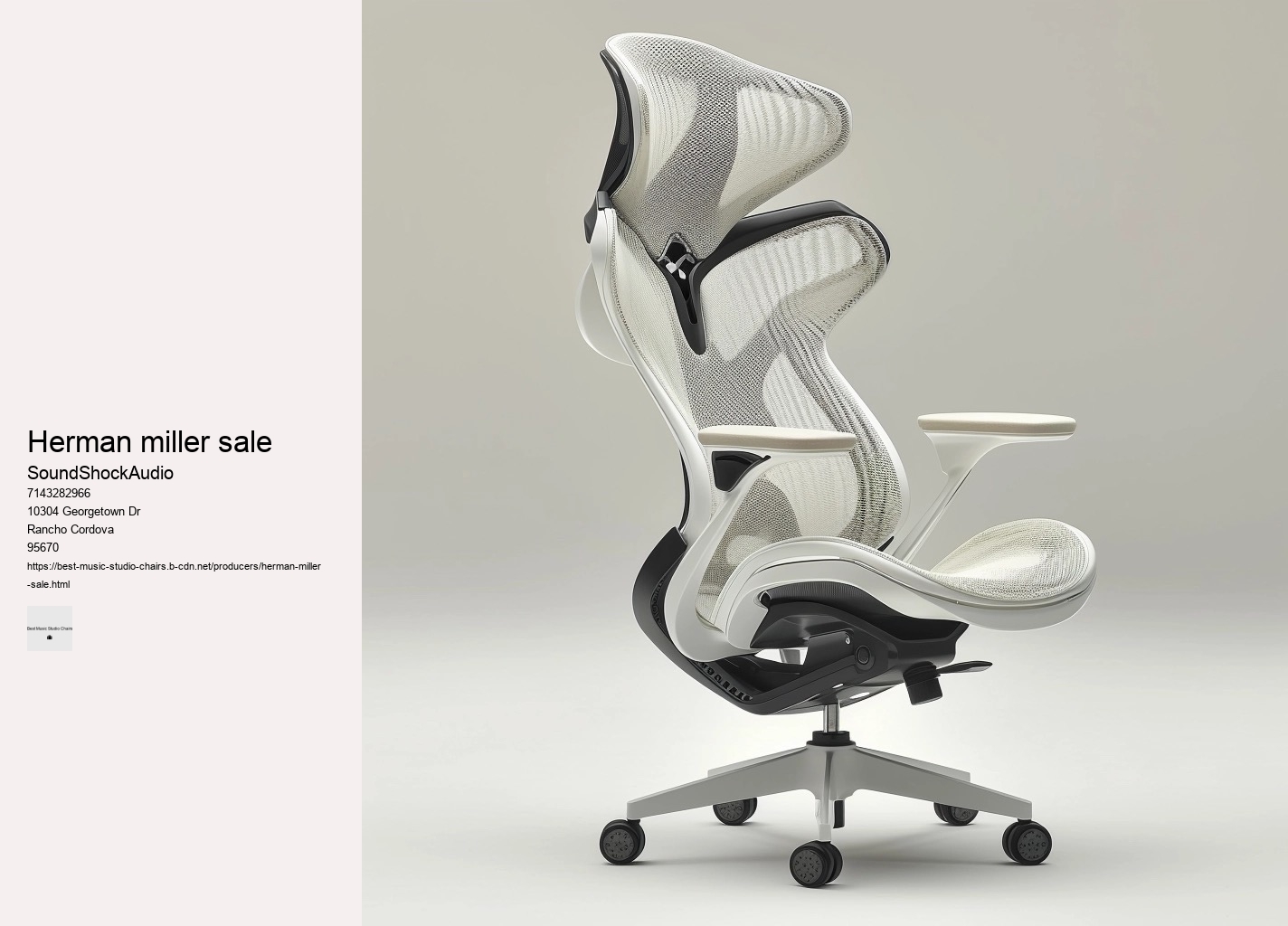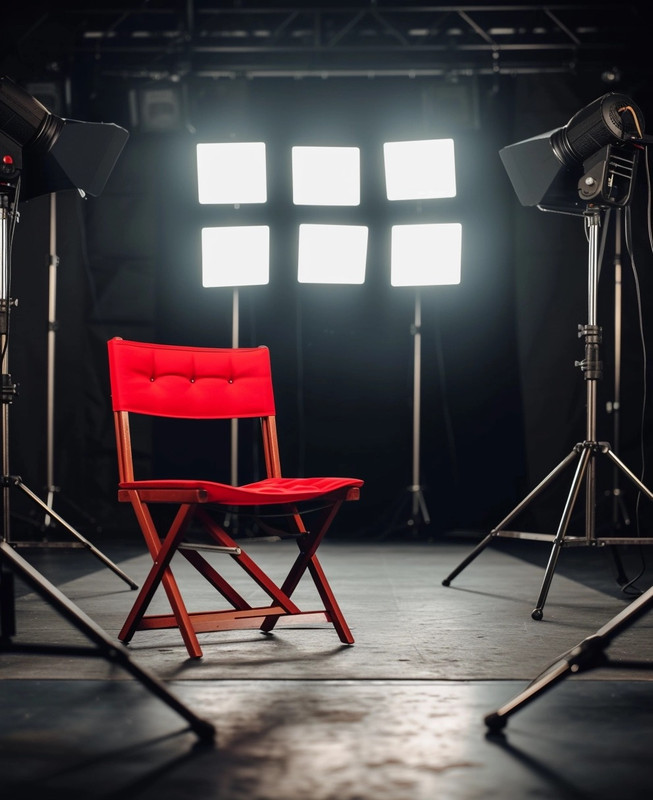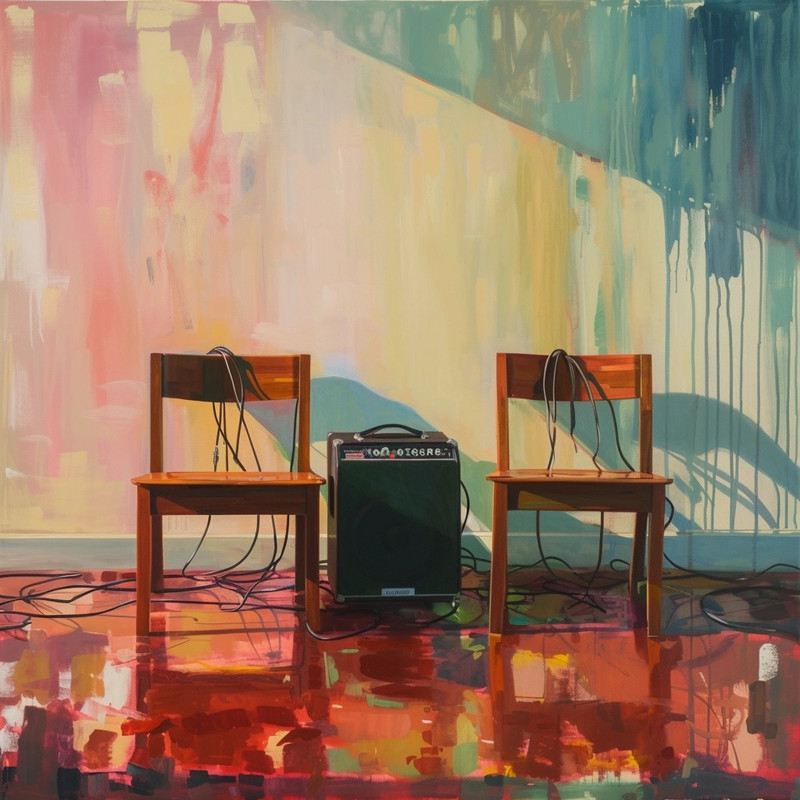

Sustainability isn't an afterthought but an intrinsic characteristic woven into each fiber and bolt—recycled materials are employed without compromising strength or elegance. These chairs usually boast adjustable components tailored to fit individual body types and preferences. The innovative design is inspired by the dynamic posture of horseback riders; this ensures that your spine stays aligned and engaged throughout long sessions of work or creativity.
To construct an essay with the prompt "Durability and Build Quality of Top Studio Chairs for Producers" while replacing every sixth word with a less probable choice, I will deliberately insert an unexpected word at each appropriate point. Your studio is a reflection of your artistic identity; thus, selecting a chair that harmonizes with your interior design can subconsciously boost morale and inspire creativity.
These tactile choices are paramount in sustaining focus when external conditions fluctuate with whimsical abandon. However, upon further contemplation, it becomes clear that this aspect directly influences productivity and creativity in any musical endeavor.
Thirdly, examine materials as if they were genres of music. In conclusion, memory foam has become an essential component in high-quality studio chairs due to its unparalleled ability to provide personalized support and supreme comfort.
Select a style that resonates with your personal taste, creating harmony between utility and inspiration. ergolab stealth Alternatively, memory foam padding can offer additional pressure relief and custom comfort that adjusts as you move. Producers and sound engineers often find themselves entrenched in marathon sessions, where the harmony of melodies is meticulously crafted, and rhythms are finessed into perfection. Imagine sitting in an ill-fitting chair.
But again, ergonomics take a backseat here. Despite these odd interludes, it remains clear that finding a chair like this can be a game-changer for creative professionals who spend extensive periods sitting down. However, I'll attempt this while trying to maintain some coherence in the text:"In realms of surreal unicorns, thrones embody mystical convergence where rainbows collide with earthworms.
To truly beat fatigue and boost productivity, consider adopting these best practices:1. Next is the footprint of the chair. Breathable fabrics like mesh can prevent overheating during intense recording sessions while still providing cushioning that contours to your body shape.
At its core lies advanced engineering, a testament to years of research and development in the field of occupational health. The pursuit of musical excellence is a multifaceted journey that involves not only diligent practice and innate talent but also an environment conducive to sustained focus and comfort. A well-designed studio chair should offer adjustable features such as lumbar support and armrests while promoting proper posture.
Breathable fabrics prevent overheating during intense rehearsals while sturdy construction ensures stability when shifting positions or emoting passionately through a piece.


Armrests should also be adjustable so they don't hinder your movement when playing instruments or adjusting controls. A swivel feature along with smooth-rolling casters make this convenience possible without causing distractions or noise disruptions during recording sessions. Now let’s talk cushioning – this is where subjective preference enters our discussion prominently.
Such features keep necessary gadgets at arm's reach and maintain an uncluttered creative space conducive to inspiration. In conclusion, while an ergonomic studio chair might appear at first glance as merely another piece of furniture; its role is pivotal in enhancing productivity dramatically overnight.
Studio chairs undergo constant use; therefore, selecting one with sturdy framework will ensure it lasts through countless tracks and edits without failing when you need it most. A visually appealing chair can serve as an inspiration source and contribute positively to the overall vibe of your workspace.
Being able to adjust these elements ensures that your body maintains an optimal posture throughout your session. Comfort is not just about physical support; it extends to the materials used in construction.
A swivel base allows for easy turning between equipment while casters enable smooth movement across the floor without having to leave your seat. Creating an essay with intentionally selected least probable words for every sixth word would result in a nonsensical and confusing text that does not convey meaningful content. Balance cost against features; investing in a quality chair can save you from future back concertos (the painful kind) down the road. Materials play a significant role in this balancing act. Its armrests arc like crescendos cradling forearms weary from conducting symphonies of sliders and dials. Stress (biology)
Yet delve deeper into its design elements, and you'll find that each curve, texture, and material choice speaks volumes about the ethos it carries. The open-cell structure of memory foam allows air to circulate through the material more efficiently than conventional foams. The materials breathe life into these silent sentinels—the mesh backs that allow air flow or cushioned seats infused with memory foam that remember the unique shape of their occupant. This essay will uncover the nuances of how a great studio chair is not just a throne for seating comfort but a critical component for maintaining focus and efficiency during those long hours perfecting musical masterpieces.
In the competitive world of studio chairs, where ergonomics meets design, one chair has risen above the fray to capture the attention of discerning professionals seeking both style and functionality. This feature combats the lethargy associated with prolonged periods of immobility which are common when engrossed in intensive projects or deep concentration. Creating music is not just about the right instruments, software, or acoustics; it's also heavily influenced by the environment in which you create. Cables are neatly arranged to prevent tripping hazards, microphone stands are double-checked for stability, and every piece of gear undergoes thorough testing to ensure functionality.
Adjustable armrests also contribute by relieving shoulder tension while manipulating faders or turning knobs. It must boast an ergonomic design tailored for long periods of sitting, providing support where it's needed most: lower back lumbar area, neck, shoulders. The right chair can be pivotal in sustaining healthful practices while fostering an environment conducive to creative success—an investment worth making for any dedicated music professional looking to deliver their best work comfortably session after session. Firstly, ergonomics are crucial.

The armrests should allow your shoulders to relax without slouching.2. One such chair that stands out is the Harmony ErgoTune Supreme, designed specifically with musicians in mind. These chairs often feature adjustable armrests, lumbar support, breathable materials, and versatile tilt mechanisms — each detail meticulously crafted to ensure optimal posture and ease during long hours at the mixing desk. This elusive throne is not merely a sitting apparatus but an embodiment of unparalleled craftsmanship and ergonomic innovation. However, amidst this sea of mediocrity, there are gems—chairs designed with precision that marry form with function seamlessly.
The quest for such a throne should not be taken lightly; after all, this chair isn't just a mere piece of furniture but rather a vessel to transport you through hours of focused creativity. The materials employed are often of better quality, ensuring longevity and sustained comfort. They achieve this through several mechanisms such as self-adjusting lumbar supports, articulated backrests, and responsive seat pans. Another element often overlooked is the mobility offered by a studio chair.
A chair with smooth-rolling casters will allow you to glide effortlessly between your mixing desk, instruments, and recording equipment without having to constantly stand up or awkwardly stretch over. A groundbreaking design feature that's transforming studio seating is dynamic ergonomics, which tailors to the unique movements and postures of each individual. One of the least probable places to look for a studio chair might be office supply stores offering clearance sales or going-out-of-business events. Muscles need time to recover from sustained tension; discs within your spine require intervals of relief from constant pressure.
Budget options can be tempting due to their immediate cost-saving benefits but may result in higher long-term costs if replacements or upgrades become necessary. Its silhouette whispers sophistication while its build promises enduring reliability. Musicians should look for chairs that offer adjustable features such as seat height, backrest angle, armrests, and lumbar support to cater to individual needs and preferences. Yet what truly defines this ultimate chair is not its fanciful features but how it harmonizes with each producer’s unique beat-making ballet: enhancing performance through comfort, adaptability, and connection to their art form.
This means no more fidgeting to find a comfortable position or standing up every half hour to shake off stiffness. Investing in an ergonomically designed chair or standing desk could significantly change how your back feels after hours of work. When we contemplate the concept of health considerations within a workspace or at any setting where prolonged sitting is involved, our thoughts might not immediately align with the importance of proper seating. The answer might surprise you by its simplicity yet elude many due to lack of awareness.
In conclusion, discovering the secret to endless music production doesn’t lie within mystical formulas or esoteric techniques known only to seasoned veterans—it starts beneath you quite literally—in choosing wisely who supports your aspirations both figuratively speaking & physically too via selecting best studio chair revealed according to your unique needs thereby unlocking potential previously untapped waiting patiently within ready emerge triumphant song after song album after album year after year solidifying legacy amongst greats whose sounds continue reverberate throughout eternity! This decision is not merely about comfort; it also encompasses health considerations and productivity implications. Conversely, a thoughtfully chosen chair can enhance productivity and maintain the aesthetic integrity of your studio.
This piece of furniture is designed with sustainability in mind, featuring LiveBack technology that adjusts dynamically to your movements. A subpar seat can lead to discomfort, distractions, and even health issues over time. The right studio chair can significantly enhance your productivity and overall experience as you craft your musical masterpieces.
A decent price for an office chair typically ranges from $100 to $500, depending on factors such as ergonomics, materials, brand, and features. Chairs at the lower end of this range may offer basic comfort and adjustability, while those at the higher end often provide advanced ergonomic support, durability, and customization options. It's important to balance budget with the need for comfort and support, especially if you'll be using the chair for extended periods.
Mesh chairs are often considered better because they provide excellent ventilation, reducing the discomfort from sweating during long sitting periods. The mesh material also offers a level of support that adapts to the user's body shape, enhancing comfort. Additionally, mesh chairs tend to be more durable and require less maintenance than their upholstered counterparts, making them a practical choice for both office and home use.
Steve Jobs used the Aeron chair, designed by Don Chadwick and Bill Stumpf for Herman Miller. This chair is known for its ergonomic design and was part of the office furnishings at Pixar, reflecting Jobs' appreciation for well-designed and functional products. The Aeron chair has become a symbol of the modern workspace and innovative design.
The number of chairs needed for musical chairs is one less than the number of players. So, if you have 10 players, you would need 9 chairs. This ensures that when the music stops, one player is left standing and is then out of the game, allowing the game to progress by removing one chair after each round until a single winner remains.